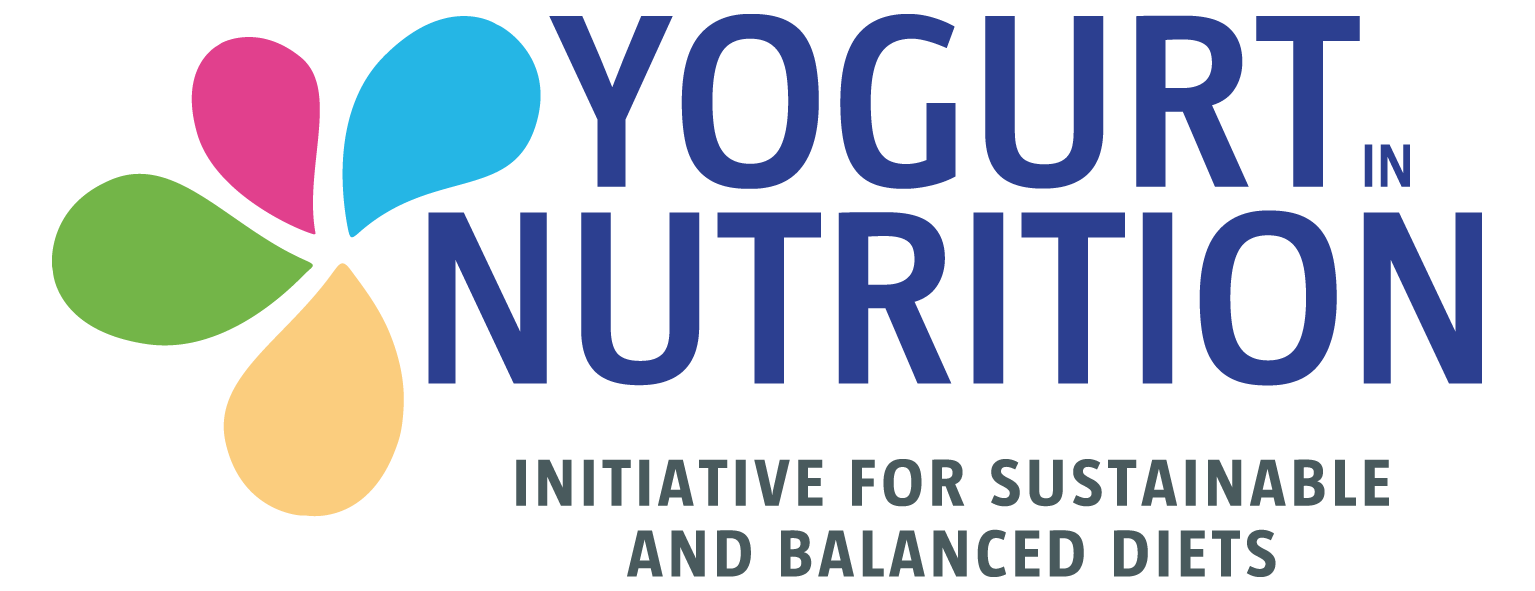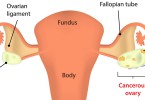If you’re aiming for a great complexion, it may be worth taking a careful look at what you’re eating. Diet has long been blamed for triggering acne and in particular, dairy products have come under the spotlight as chief suspects. But now this latest research reveals that only certain dairy products seem to be associated with acne, and the authors advise choosing yogurt and cheese if you’re keen to keep blemishes at bay.
Acne is the bane of adolescence, affecting as many as 50-95% of teenagers. It can bring misery to young people’s lives just when they’re feeling most concerned about how they look. And it’s not just youngsters who can suffer from it – although most common during puberty, acne can affect anyone of any age or sex.
Investigating the link between dairy products and acne
Acne arises when the sebaceous glands secrete too much sebum, and the opening of the follicles in the skin become blocked. Often the Western diet – especially cow’s milk and dairy products – is thought to play a role in the development of acne.
Previous studies investigating this potential role have given conflicting results. To get a clearer picture, the authors of this article reviewed 14 studies and analysed the results to see whether the risk of acne is indeed linked to the dairy products we eat.
Drinking milk was associated with acne
Their results show that the risk of acne varies according to the type of dairy product consumed. Hence, drinking milk was associated with the presence of acne. The more whole milk or skimmed milk people drank, the higher their risk of acne, each additional serving of whole milk and skimmed milk increasing the risk of acne by 13% and 26% respectively.
Yogurt and cheese were not associated with acne
But no such relationship was seen between risk of acne and yogurt or cheese intake. The authors’ review included four studies of yogurt/cheese intake, and none found a significant link with acne, regardless of the amount of yogurt or cheese eaten.
‘In this meta-analysis, the consumption of yogurt/cheese had no relationship with the risk of acne’ – Aghasi M et al, 2018.
Why are there these differences between dairy types?
The proteins found in milk and dairy products increase the levels of a hormone, insulin-like growth factor-1 (IGF-1), which in turn stimulates the sebaceous glands to make more sebum – and so the development of acne.
Milk and dairy products also contain sex hormone derivatives such as oestrogen, progesterone and androgen, that can lead to the development of acne.
The lack of a relationship between yogurt/cheese and acne may be due to the fermentation process, say the authors. Fermentation with probiotic bacteria may reduce IGF-1 levels of the dairy food as well as other components of milk that are associated with acne development.
Further studies – especially large-scale clinical trials – are needed to confirm the effect of milk and dairy products on the development of acne, say the authors. In the meantime, they recommend that people who want to avoid acne should consider opting for yogurt or cheese as their source of dairy food.
‘Results of the present meta-analysis recommend the consumption of yogurt/cheese to avoid acne creation.’ – Aghasi M et al, 2018.
Find out more: read the original article.





